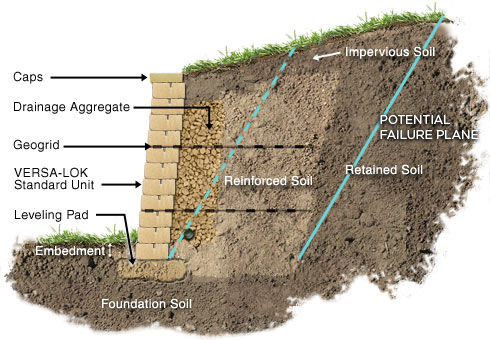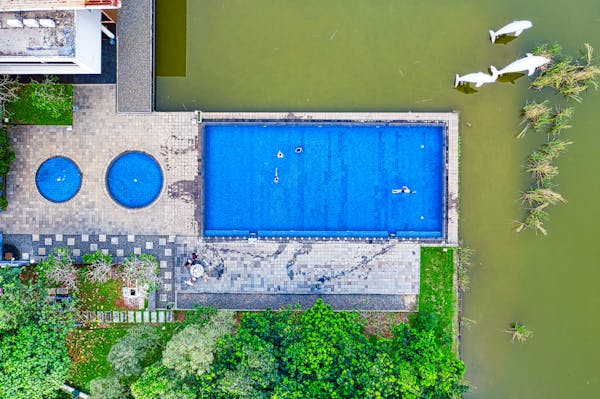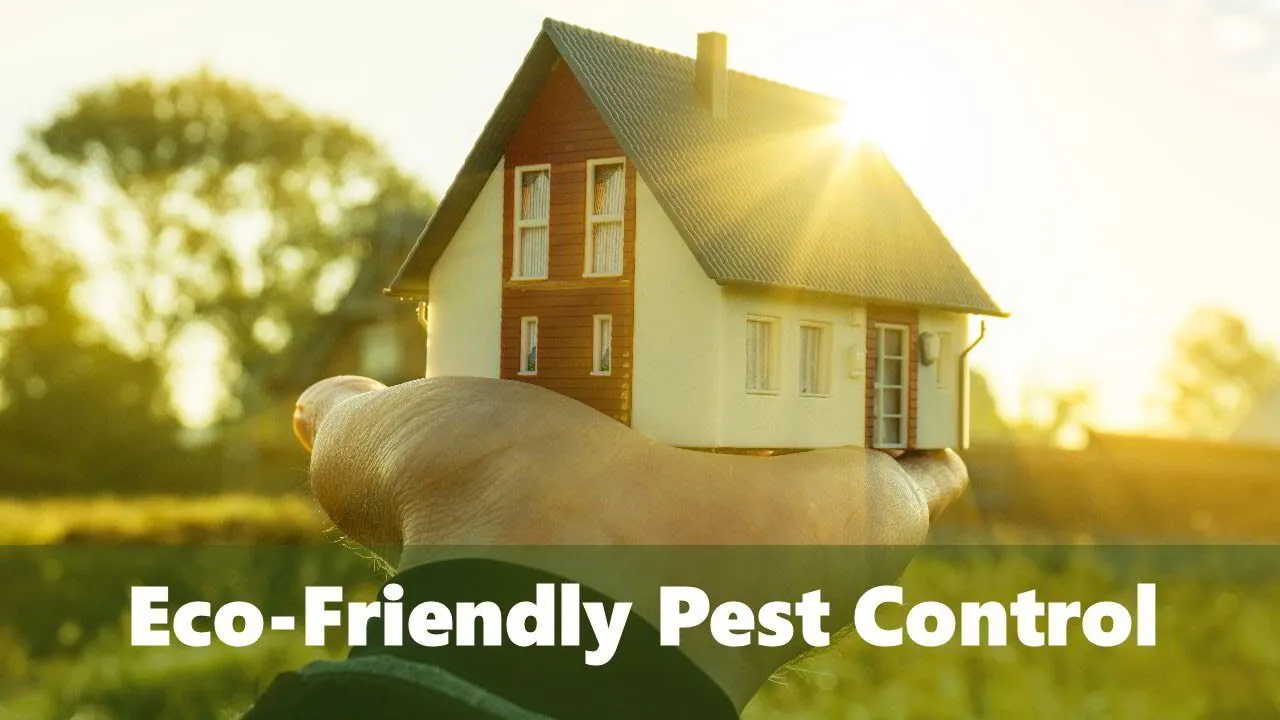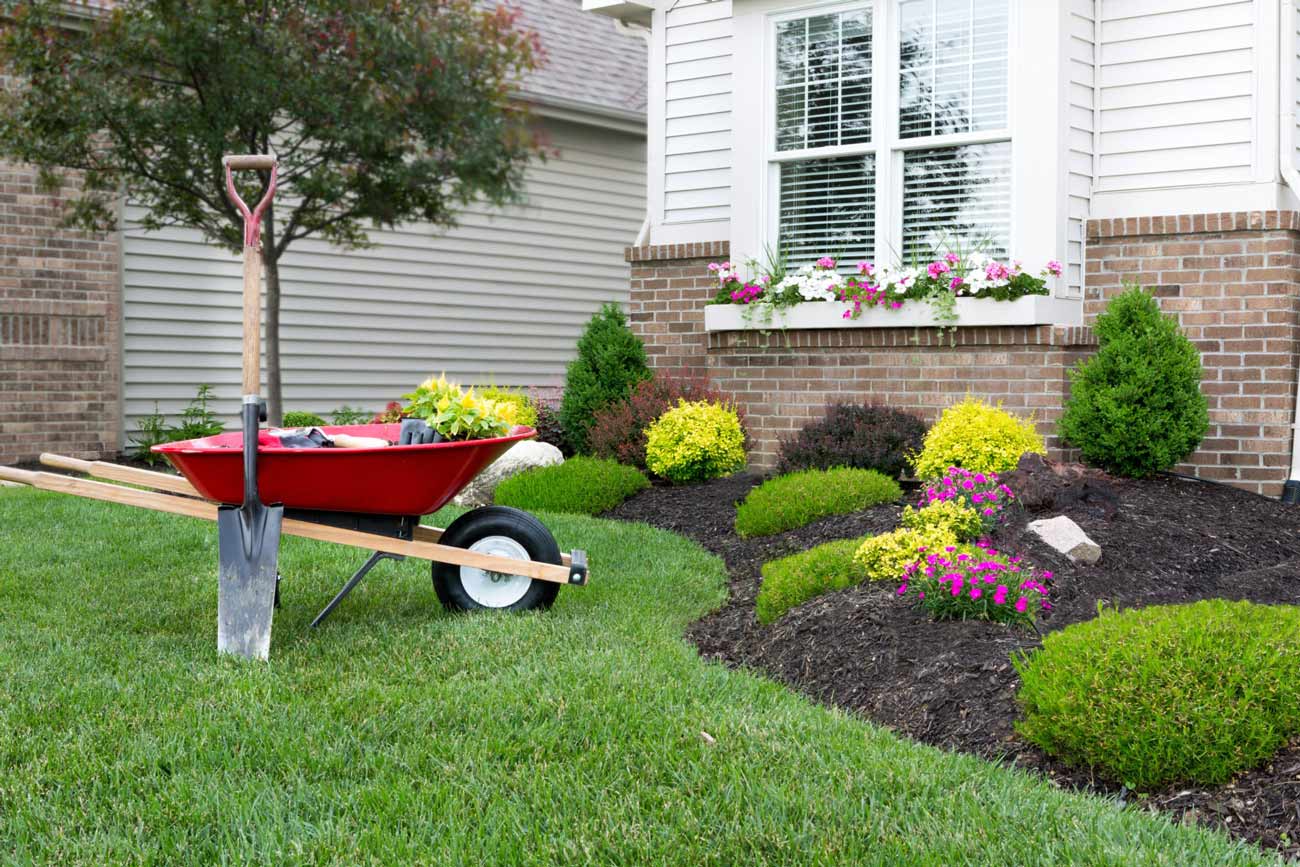🌿 PART 1: Rethinking Gardening — Beauty Without the Burden
Why Low-Maintenance Gardening Is the Future
In 2025, homeowners crave beauty without burden. Between the chaos of modern schedules and rising environmental consciousness, the dream of a lush garden has evolved into something smarter, simpler, and more sustainable. Enter the low-maintenance garden — a space that thrives without demanding your every weekend.
Unlike traditional gardens that require constant watering, pruning, fertilizing, and pest control, today’s smart gardens are designed to function almost autonomously. Whether you’re a busy parent, a remote worker, or a retiree with a passion for peace (not pruning), a low-maintenance garden offers what we all desire: natural beauty with minimal input.
And let’s not forget: with droughts on the rise and water bills climbing, efficiency isn’t just convenient — it’s critical. In fact, states like California and Arizona have already implemented water usage limits, pushing homeowners to rethink their landscaping strategy.
But here’s the good news: you can have it all — a visually striking, eco-smart, emotionally satisfying garden that practically runs itself.
The Psychology of Green Without the Grind
We don’t just love gardens for how they look — we love how they make us feel. Studies show that green spaces lower stress hormones, reduce blood pressure, and improve mental clarity. But ironically, the burden of maintaining a high-effort garden often creates more stress.
This is where low-maintenance landscaping flips the script. When your garden supports you — rather than sucking your energy — it becomes a sanctuary, not a second job.
According to a 2024 study published by the American Society of Landscape Architects, gardens designed for ease-of-care significantly increased users’ sense of well-being. Respondents reported:
-
62% lower perceived stress
-
48% more outdoor time
-
35% improved mood stability
That’s not landscaping — that’s therapy with a shovel.

wall_components_reinforc
Planning Your Garden with Purpose
The key to a maintenance-light garden is planning before planting. Rushed, emotion-driven designs often lead to overgrowth, wasted resources, and chaotic aesthetics. A purpose-driven layout, on the other hand, gives you control, clarity, and cohesion.
Start by defining zones in your yard. These might include:
-
Sun zones: great for native flowers or succulents
-
Shade pockets: perfect for ferns, moss, or Japanese forest grass
-
Pathways or utility areas: mulch, gravel, or groundcovers
-
Functional corners: compost, rainwater barrel, or vertical herb towers
Now ask yourself:
-
How much time can I realistically spend per week?
-
Do I need pet-safe or kid-safe plants?
-
Will I entertain guests in this space?
-
What’s my local USDA hardiness zone?
Once you’ve answered these, the vision gets sharper. For example: if you live in USDA Zone 8 and only have 1 hour per week to garden, you’d skip thirsty tropicals in favor of drought-hardy perennials like echinacea or Russian sage.
Pro Tip:
Use the “Three-Layer Rule” when designing borders:
-
Ground-level cover (like creeping thyme)
-
Mid-height anchor plants (like lavender or boxwood)
-
Statement plants or shrubs (like hydrangeas or dwarf trees)
This creates visual balance and minimizes weeding by reducing exposed soil.
Foundation of Soil & Hardscape
No garden can survive — let alone thrive — if its foundation is flawed. Low-maintenance gardens begin with healthy soil and thoughtful hardscape. Here’s what you need to know:
-
Soil Conditioning: Healthy soil = happy plants. Add compost, worm castings, or organic matter to improve structure and nutrition. You’ll water less and fertilize less — win-win.
-
Mulch Is Your Best Friend: Organic mulch (like shredded bark or straw) retains moisture, suppresses weeds, and slowly feeds the soil.
-
Choose Smart Hardscapes: Permeable paving stones, gravel paths, or stepping stones look elegant and allow rain to soak in, reducing runoff.
-
Plan Drainage: If your garden pools water, fix it before planting. Use French drains, dry creek beds, or slope reshaping.
Gravel vs. Bark vs. Mulch — What’s Best?
Each groundcover has a different personality:
| Material | Maintenance Level | Best For | Longevity | Aesthetic |
|---|---|---|---|---|
| Bark Mulch | Low | Flower beds, shady areas | 6–12 months | Natural & soft |
| Crushed Gravel | Very low | Paths, xeriscapes, sunny beds | 5+ years | Clean, modern |
| Wood Chips | Moderate | Around trees/shrubs | 1–2 years | Rustic look |
| Rubber Mulch | Very low | Play areas, pet zones | 10+ years | Industrial |
🌱 PART 2: Planting for Peace — Smart Choices, Seasonal Wins
Smart Plant Selection: The Key to Low-Maintenance Success
When it comes to designing a low-maintenance garden, choosing the right plants is crucial. The best plants for low-maintenance gardening are those that thrive naturally in your climate, require minimal water, and are resistant to pests and diseases. They should also have seasonal interest, meaning they look great in every season without constant pruning or replacing.
🌻 Native Plants — Your Best Allies
Native plants are the ultimate low-maintenance heroes. Because they’ve adapted to your local climate over centuries, they need little intervention once established. They are often drought-tolerant, pest-resistant, and highly attractive to local wildlife, including bees, butterflies, and birds. Native plants are the perfect choice for reducing your garden’s water and chemical needs.
Some of the best native plants for different regions include:
| Region | Best Native Plants | Characteristics |
|---|---|---|
| Northeast USA | Purple Coneflower, Black-eyed Susan, Bee Balm | Drought-tolerant, pollinator-friendly |
| Southwest USA | Red Yucca, Agave, Desert Marigold | Heat-resistant, low water needs |
| Pacific Northwest | Oregon Grape, Western Red Cedar | Evergreen, attractive foliage year-round |
| Southeast USA | Southern Bluebell, American Beautyberry | Shade-tolerant, vibrant colors |
Pro Tip:
When selecting native plants, consult your local native plant society or gardening center to ensure the species are well-suited for your region.

Swimming Pools & Spa
Perennials vs. Annuals: Choosing the Right Long-Term Players
While annuals are stunning in the short term, they require replanting every year, which can add to your garden’s workload. Instead, focus on perennials that come back year after year, offering long-term beauty with little effort. Many perennials, such as lavender, daylilies, and black-eyed Susans, are hardy and only need occasional trimming.
The Perennial Advantage:
| Perennial Plant | Benefits | Maintenance Level |
|---|---|---|
| Lavender | Fragrant, pest-resistant, drought-tolerant | Low |
| Daylilies | Vibrant blooms, adaptable to various conditions | Moderate |
| Hostas | Shade-loving, low maintenance | Low |
| Black-eyed Susan | Attractive to pollinators, hearty blooms | Low |
Pro Tip:
For year-round interest, choose a variety of perennials that bloom in different seasons. Consider layering perennials with evergreens for structure during winter months.
Smart Irrigation: Let Technology Handle the Watering
One of the biggest challenges for any garden is watering, especially in a low-maintenance setup. Traditional gardens may need daily waterings during hot summer months, but with a smart irrigation system, you can set it and forget it.
Drip irrigation is one of the best methods for low-maintenance gardens. It delivers water directly to the root zone, minimizing evaporation and runoff. This method is not only efficient but also conserves water, making it eco-friendly.
For larger gardens or lawns, consider investing in a smart sprinkler system that can be controlled via your phone. These systems adjust the watering schedule based on weather patterns and soil moisture, ensuring your plants get the right amount of water at the right time.
Pro Tip:
Pair your smart irrigation system with a rain barrel. Not only will this save money, but it will also give your garden the nutrients that come with rainwater, which is often richer in minerals than tap water.
Weed Management — Keeping the Weeds at Bay (Without Constant Attention)
Weeding can quickly become a time-consuming task if you’re not proactive about preventing weed growth. But fear not — with the right strategies, you can drastically reduce the time spent pulling weeds.
-
Mulch: As mentioned earlier, a thick layer of mulch (2–3 inches) not only conserves moisture but also suppresses weed growth. Organic mulch, like bark or straw, decomposes over time, enriching the soil, while rubber mulch offers longevity and low upkeep.
-
Groundcovers: Planting groundcovers like Creeping Jenny, Creeping Thyme, or Sedum between your ornamental plants can help block weed growth while adding texture and color. These hardy plants spread quickly, forming a natural carpet that suffocates weeds.
-
Weed Barrier Fabric: For areas where you don’t want anything growing, like under paths or between shrubs, consider installing weed barrier fabric. Top it off with mulch or gravel for an aesthetically pleasing and functional solution.
Pro Tip:
Apply mulch right after planting to prevent weeds from sprouting. If you notice any weeds, pull them when they’re small — it’s much easier and less labor-intensive than letting them grow into bigger problems.
Garden Design — Beauty with Functionality
The design of your garden can play a huge role in how much maintenance it requires. Thoughtful planning leads to a functional, aesthetically pleasing space that needs minimal upkeep.
1. The Right Pathways:
Pathways don’t just guide you through your garden — they also help define areas and reduce lawn maintenance. Opt for gravel paths, stepping stones, or pavers. These materials don’t need mowing or trimming and often promote natural water drainage.
2. Raised Beds for Easy Access:
If you’re planning a vegetable or herb garden, consider using raised beds. Not only are they easier on the back, but they also promote better drainage, help manage soil quality, and reduce weed growth. Plus, raised beds are perfect for container gardening, which requires less maintenance.
3. Low-Maintenance Lawns:
Traditional lawns often require frequent mowing, fertilizing, and watering. Instead of using a conventional lawn, consider alternatives like clover lawns or native grass species. These options require less water, fewer chemicals, and minimal mowing. Even a synthetic lawn could be a viable low-maintenance alternative if you’re looking for a green space without any effort.

killing pests
Seasonal Gardening Tips — Keeping It Easy Year-Round
While the goal of a low-maintenance garden is to minimize year-round effort, keeping your garden in top shape with the changing seasons still requires some minimal upkeep. Here are a few seasonal tips to keep your garden thriving:
Spring:
-
Prune dead or damaged stems from perennials and shrubs to encourage healthy growth.
-
Add a layer of fresh mulch to preserve moisture and suppress weeds.
-
Divide perennials if needed (like hostas) to promote new growth.
Summer:
-
Water deeply and less frequently, especially if you have drought-tolerant plants.
-
Deadhead spent flowers from annuals and perennials to encourage more blooms.
-
Ensure irrigation systems are working efficiently.
Fall:
-
Clean up leaves and plant debris, as they can harbor pests.
-
Cut back perennials and mulch around plants to protect them over the winter.
-
Plant new bulbs for next spring (like tulips, daffodils, and crocuses).
Winter:
-
Protect tender plants by wrapping them in burlap or covering them with frost cloth.
-
Check for frost damage and prune any damaged limbs.
-
Enjoy the landscape — a low-maintenance garden looks beautiful even in winter, with evergreens and structure providing year-round interest.
🌱 PART 3: Future-Proofing Your Garden with Smart Tech
Introduction: The Future of Gardening Is Smart
In today’s tech-driven world, gardening is no longer just about planting and pruning. With smart technology advancing at lightning speed, you can now automate many aspects of garden care, leaving you with more time to enjoy the beauty of your outdoor space. Whether it’s watering, pest control, or monitoring your garden’s health, smart tech solutions can make low-maintenance gardening even easier.
In this final part of our guide, we’ll explore how you can integrate the latest smart gardening technology to reduce your workload while improving the efficiency and sustainability of your garden. Plus, we’ll provide a downloadable checklist to keep you on track!
Automated Irrigation Systems — Watering Made Easy
We’ve already touched on the importance of efficient watering systems in low-maintenance gardening. But what if you could completely automate this process, ensuring your plants get the exact amount of water they need — without you lifting a finger?
Smart Sprinkler Systems:
Modern smart sprinkler systems use weather data to adjust watering schedules based on real-time weather conditions. This means you won’t overwater during rainy spells, and your plants won’t go thirsty during dry periods. Smart systems can even be controlled via an app on your phone, allowing you to make adjustments while you’re on the go.
Some advanced models also offer soil moisture sensors, so your garden gets the precise amount of water needed for healthy growth.
Rain Barrels with Smart Technology:
If you’re aiming to be even more eco-friendly, consider upgrading your rain barrel with a smart sensor that measures water levels. These devices can send alerts when it’s time to empty the barrel or when water levels are getting too low, ensuring that you’re not missing any opportunities to collect rainwater for your garden.
Automated Pest Control — Bye-Bye, Pests
Pests can be a major headache, but with today’s technology, controlling them can be almost effortless. Smart pest control systems can detect pests in real-time and take action automatically, keeping your plants safe without requiring constant attention.
Smart Traps and Sensors:
There are smart traps designed to monitor pest activity and eliminate them in a targeted way. These traps use sensors to detect unwanted pests and activate traps or repellents only when necessary. This reduces the need for harmful chemicals and ensures that you only target the pests causing problems.
Some systems are even connected to apps that notify you when pests are detected, allowing you to take action immediately.
Smart Lighting to Repel Pests:
Another smart tech solution is solar-powered smart lighting. Some lighting systems are designed to repel certain pests, such as mosquitoes, by emitting a light frequency they dislike. These lights not only help keep your garden free of insects but also add an aesthetic element to your space.
Garden Monitoring — Know Your Garden Inside and Out
What if you could monitor your garden’s health without stepping outside? With garden monitoring systems, you can keep track of your plants’ moisture levels, soil temperature, and even air quality from the comfort of your home.
Smart Sensors:
A variety of smart sensors are now available that can be placed in your garden to monitor key factors such as:
-
Soil moisture: Ensures your garden is neither too dry nor overwatered.
-
Soil pH: Helps ensure your plants are getting the right nutrients.
-
Temperature and humidity: Provides data to help you understand your garden’s climate conditions.
These sensors connect to an app on your phone or tablet, giving you real-time updates and alerts when your plants need attention.
Smart Garden Monitors:
Advanced garden monitors can provide even more in-depth insights. They often include features like plant health tracking, pest monitoring, and nutrient analysis, making it easier than ever to understand the needs of your plants. Some systems even offer AI-based recommendations to help optimize your garden’s care.
Solar-Powered Garden Tools — Go Green and Efficient
If you want to reduce the carbon footprint of your garden, consider switching to solar-powered garden tools. From solar-powered lights to automatic lawn mowers, solar energy offers a sustainable way to care for your garden with minimal effort.
Solar-Powered Garden Lights:
In addition to their ability to repel pests, solar-powered lights are energy-efficient and provide beautiful, sustainable illumination throughout your garden. They automatically turn on at dusk and off at dawn, requiring no intervention on your part.
Solar-Powered Lawn Mowers:
If you’re aiming for a low-maintenance lawn, consider investing in a solar-powered robotic lawn mower. These mowers can automatically maintain your lawn without you having to worry about gas or electricity. Simply program them to mow on a schedule, and they’ll do the rest. Some models can even be controlled via an app, allowing you to adjust the mowing schedule and boundaries from anywhere.
Smart Garden Design — Combining Tech and Aesthetics
Smart tech isn’t just for maintenance; it can also enhance the design of your garden. With tools like smart garden planners and automated plant trackers, you can easily plan your garden layout and ensure that each plant thrives in its optimal location.
Smart Garden Planners:
Several apps and software programs are available that help you design your garden layout, track plant growth, and even suggest plants that will thrive in your space. These planners can be particularly helpful if you have a large garden or if you’re looking to incorporate plants with specific care requirements.
Automated Plant Tracking:
With automated plant trackers, you can monitor the health of your plants, track their growth, and receive alerts when it’s time to water, fertilize, or prune. Some apps even offer plant recognition, allowing you to identify plants and their specific needs by simply snapping a photo.
Checklist: Streamline Your Low-Maintenance Garden
To help you implement everything we’ve covered in this guide, here’s a downloadable checklist to keep your garden in tip-top shape throughout the year:
-
Choose the right plants: Opt for native plants, perennials, and low-water varieties.
-
Install a smart irrigation system: Set it up to adjust watering based on weather and soil moisture.
-
Use mulch: Add 2-3 inches of mulch around your plants to retain moisture and suppress weeds.
-
Monitor soil and plant health: Install smart sensors to track soil moisture, temperature, and pH.
-
Integrate pest control: Use smart traps or solar-powered lighting to repel pests.
-
Automate lawn care: Consider a solar-powered robotic lawn mower for hassle-free maintenance.
-
Plan your garden layout: Use smart garden planners to design and track plant health.
Conclusion: Embrace the Future of Gardening
Low-maintenance gardening doesn’t have to mean a lack of beauty or functionality. By incorporating smart technologies into your gardening routine, you can achieve a lush, vibrant garden with minimal effort. Whether it’s through automated irrigation, smart pest control, or monitoring systems that track plant health, the future of gardening is tech-savvy and sustainable.
By combining traditional gardening wisdom with modern smart solutions, you’ll create a garden that not only thrives with little effort but also contributes to a greener, more sustainable world. Happy gardening!


